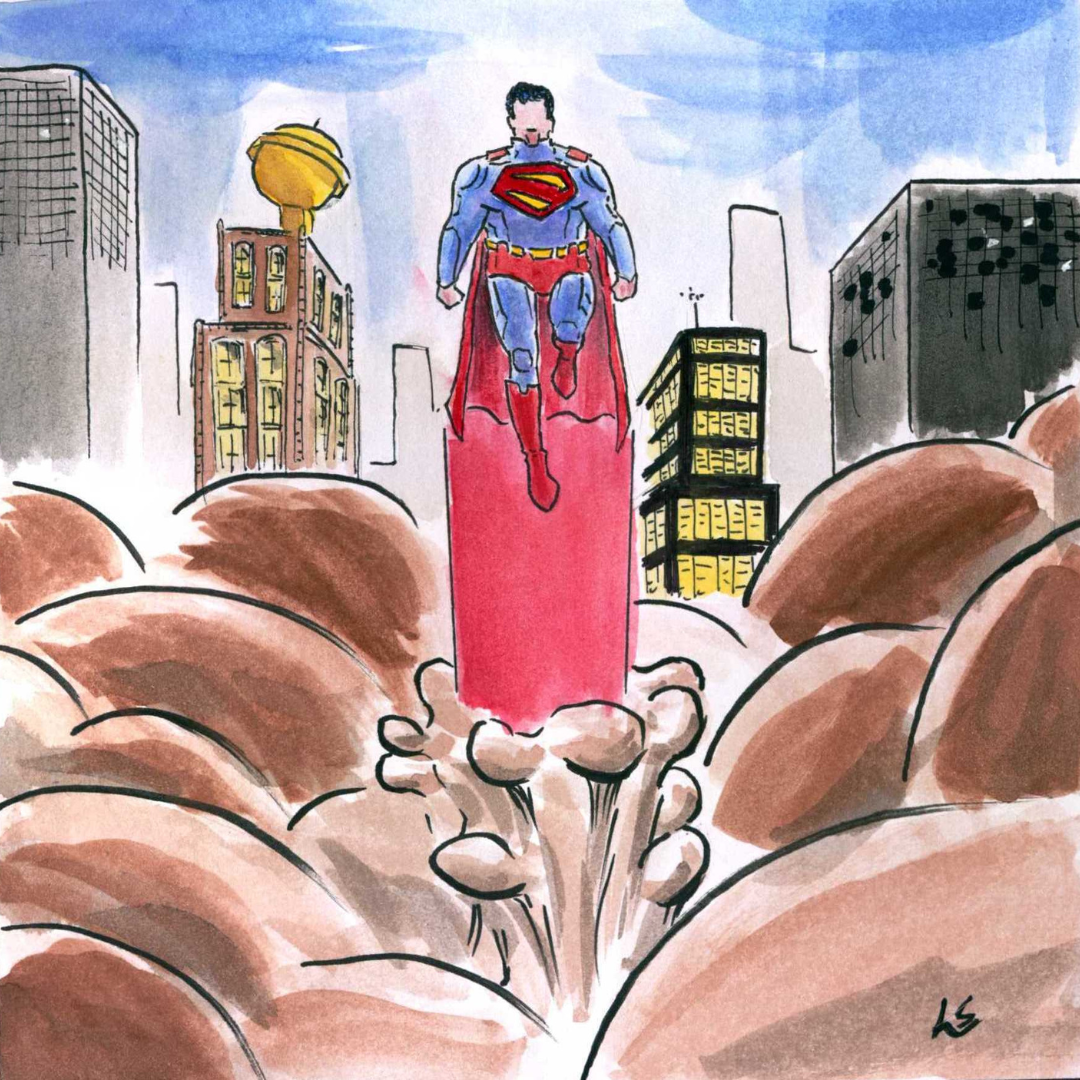According to the Center for Disease Control (CDC), 116,100 people over the age of 18 have epilepsy in Pennsylvania. Across the U.S., at least 3 million adults and almost half a million children have active epilepsy.
Active epilepsy is “those who reported a history of doctor-diagnosed epilepsy or seizure disorder and either were currently taking medication to control it, or had one or more seizures in the past year, or both,” according to the CDC.
Speaking at a seizure training event in Doyle Banquet Hall on Nov. 20, co-hosted with the Student Health Center, Seamus Morgan, the greater Philadelphia resource coordinator of the Epilepsy Foundation of Eastern Pennsylvania (EFEPA) said one in 26 Americans have the condition, and it is likely there could be someone with the condition in an average classroom.
“College students are in the classroom every day, so it’s important for the classmates around them to know what to do,” Morgan said.
Morgan highlighted the importance of knowing how to respond in the event that someone is having a seizure. He also provided information about ways to support people with epilepsy and cleared up myths and misunderstandings about the disorder.
“It’s not as complicated as some people think, like what to do during a seizure, and how to spread awareness,” Morgan said. “That’s why it’s great to come out and educate people for a little bit.”
Morgan said the safety of an individual having a seizure is paramount, while bystanders remain calm throughout the seizure. When an individual is suffering from a seizure, he said they should be laid on their side, and all hazards such as glasses should be removed, their head should be padded and any light clothing around the neck should be loosened. The seizure should be timed, and, if it lasts longer than five minutes, 911 should be notified.
Lixa Rodriguez ’22 said she has friends who suffer from epilepsy, but she never knew much about the disorder. She said her friend had a seizure at a party, but Rodriguez was not present.
“I just wasn’t really well informed,” Rodriguez said. “I figured I should probably learn [what to do] if it happens to anyone in front of me, instead of panicking.”
The training event stressed that seizures are not always apparent. According to EFEPA’s website, over 50% of seizures are simple or complex partial seizures, where only part of the brain is affected. These can range from uncontrollable muscle movements, while the individual is still conscious, to them looking like they are spacing out or acting like they are under the influence.
Tonic-clonic seizures, where a person falls to the ground and convulses, only account for 23% of all seizures.
Eileen Bevilacqua, R.N., director of the Student Health Center, said many people with epilepsy are not comfortable talking about the disorder with others.
“Acceptance is key for the social aspects, so they don’t feel left out, and they don’t feel bullied,” Bevilacqua said.
Bevilacqua said that the Student Health Center has protocols in place in regards to seizures.
“If a student comes into the health center who is having a seizure, or has a seizure in the health center, we would notify 911 if we didn’t know what their history was,” Bevilacqua said.
For Morgan, epilepsy awareness on campus does not just end in the classroom. Awareness extends to all areas of student life, in and out of the classroom.
“We want students to feel safe and welcome in their environment,” Morgan said.














































